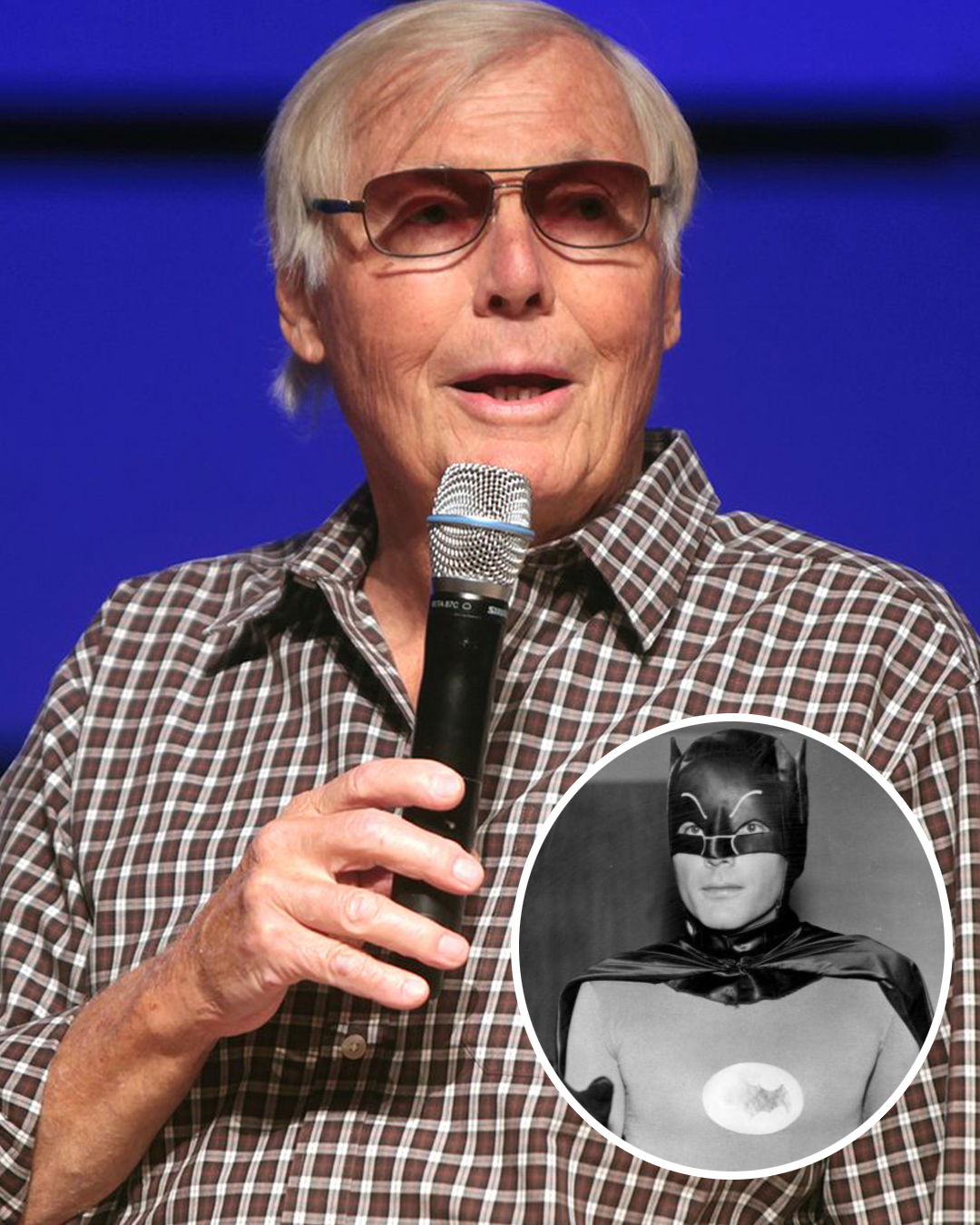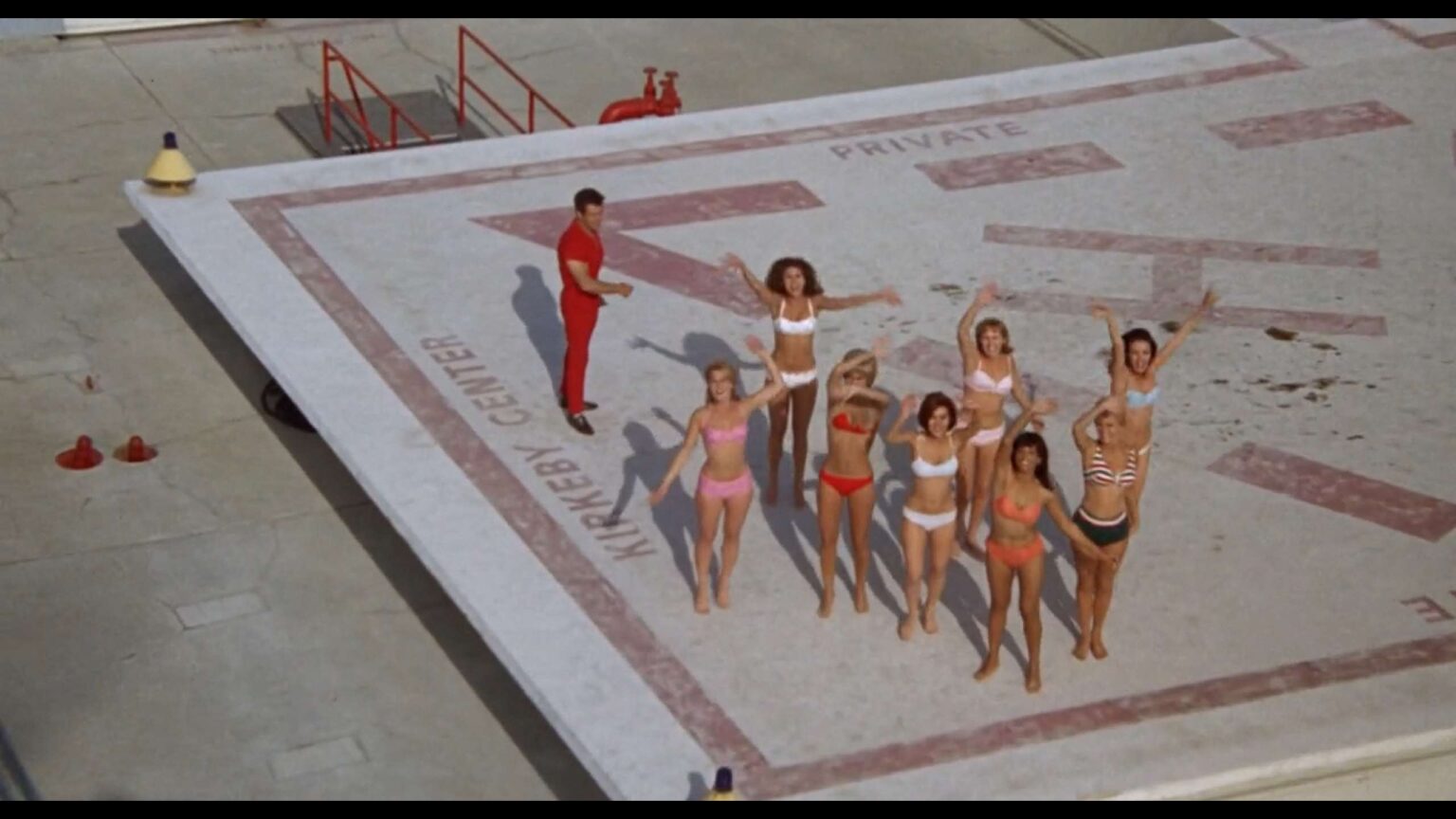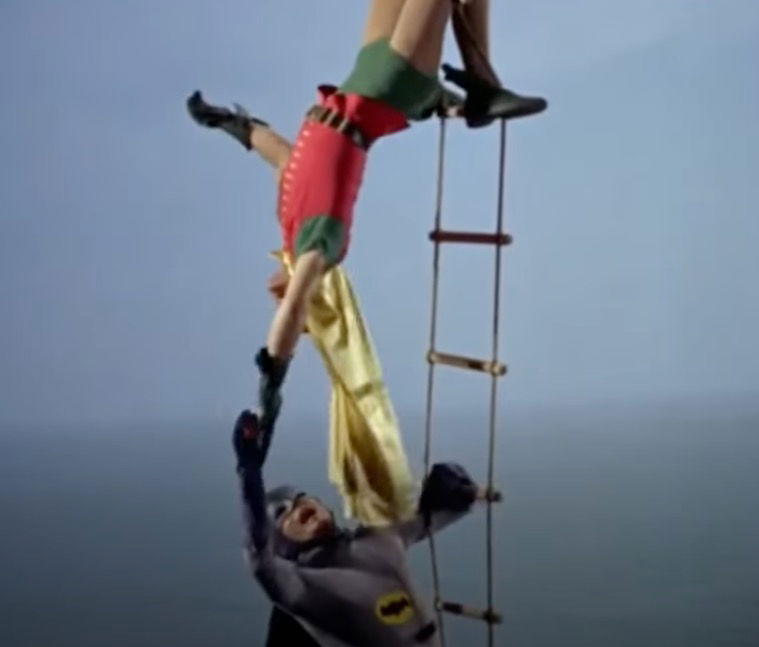In 1966, Batman wasn’t just a film — it was a full-blown pop culture explosion that forever reshaped the world of superhero entertainment.
Starring Adam West and Burt Ward, the movie captured the campy, colorful, and exaggerated spirit of the 1960s — a decade defined by pop art, psychedelic visuals, and an irresistible sense of fun.
As with many iconic classics, Batman came with its share of behind-the-scenes mishaps and amusing wardrobe blunders that became as legendary as the movie itself.

The cynical reason behind the movie
To many, the first Batman film perfectly embodies 1960s pop culture. The bold colors, ridiculous fight sequences, and tongue-in-cheek humor reflected the era’s social upheaval and desire for escape. America in the mid-’60s was undergoing massive change — politically, socially, and culturally. And what better distraction than a lighthearted comic-book hero battling villains like The Joker, The Penguin, and Catwoman in a world where danger was more comical than catastrophic?
Of course, there were also some rather strategic — even cynical — motives behind the 1966 Batman movie.
Producer William Dozier had a simple idea: “Hey, why not get this big-screen Batman movie out there while the first season of the TV show is still in the works to really hype things up?”
It sounded brilliant, but 20th Century-Fox wasn’t convinced. They refused to finance the entire project when a TV show seemed a safer bet. So, while Dozier dreamed big, the studio played it safe — leaving him to take the gamble on his own. A classic Hollywood move — all about calculated risk.

Adam West’s two must-have conditions
When Batman premiered in 1966, Adam West had become a pop culture icon — tall, charismatic, and with that unmistakable baritone voice. But before stepping into Gotham’s shadows, he was just another struggling actor. Born William West Anderson, he adopted the stage name “Adam West” in 1959 while chasing Hollywood opportunities.
Producer William Dozier didn’t cast West just for his looks. He had seen him play a James Bond-style spy, Captain Q, in a Nestlé Quik commercial and knew he was perfect for the role.
West himself recalled his excitement about the part: “I read the pilot script and knew after 20 pages that it was the kind of comedy I wanted to do.”
The casting came down to a final choice between Adam West and Lyle Waggoner. West accepted — but only under two conditions:
First, he wanted more screen time as Bruce Wayne, not just Batman.
Second, he wanted a say in choosing Robin. He approved Burt Ward, a brown-belt karate enthusiast with no acting experience.
According to West, his approach to the role was deliberate: “You can’t play Batman in a serious, square-jawed, straight-ahead way without giving the audience the sense that there’s something behind that mask waiting to get out, that he’s a little crazed, he’s strange.”

A curse in disguise
Despite the fame that came with his campy portrayal, West often struggled with being typecast as “TV’s Batman.”
Though he worked consistently in film and television afterward, that one role defined his entire career. He eventually staged a comeback by voicing the mayor of Quahog in Family Guy.
Sadly, Adam West passed away in 2017 after a brief battle with leukemia — but his legacy as the original Caped Crusader remains unmatched.
The Joker refused to shave his mustache
Few fans know that Cesar Romero, the actor who brought the Joker to life, flat-out refused to shave his trademark mustache for the role. Instead, makeup artists simply covered it with white paint.
The dashing actor kept that look throughout every episode and the movie — and while the “cover-up” fooled no one, it became part of the Joker’s unique charm.
Romero passed away in 1994 at age 86 due to complications from a blood clot. He is remembered with two stars on the Hollywood Walk of Fame — one for film (6615 Hollywood Boulevard) and another for television (1719 Vine Street).
The untold story of Lee Meriwether
Contrary to what many believe, Lee Meriwether never portrayed Catwoman in the TV series — that role belonged to Julie Newmar and Eartha Kitt. However, Meriwether did play Catwoman in the 1966 Batman: The Movie.
Interestingly, filming began before she was officially cast, which is why Catwoman doesn’t appear in the submarine opening scene alongside the other villains.
In a 1966 interview, Lee revealed how she prepared for the role:
“I watched [my cats] carefully. I tried to move as they did – sort of slinky, quiet, yet able to pounce viciously without warning.”
The wardrobe malfunction
Here’s one of the most surprising tidbits for fans of Batman: The Movie (1966). Early in the film, Batman and Robin fly over “Gotham City” (actually Los Angeles) in a helicopter, passing a rooftop of dancing women in bikinis.
If you look closely, one of the red bikinis slips out of place — an unplanned wardrobe malfunction. Since the team couldn’t reshoot, the editors blurred the scene in post-production.
As one Reddit user pointed out: “The blur makes it look like she has long hair down her front but it doesn’t make sense since they are jumping up and down and it looks like she has it in a ponytail. Used to watch this movie all the time and never noticed it.”
Adam West’s “fake” moment
One of Adam West’s favorite behind-the-scenes memories came from the famous “shark repellent” scene. Hanging from a helicopter while being attacked by a fake shark, Batman pulls out his trusty Shark Repellent Bat Spray to save himself.
West later admitted he couldn’t stop laughing during filming — the scene looked too fake. He recalled how producers weren’t happy with the sound effects either, but he joked that it didn’t really matter: the rubber shark already looked absurd.
There’s even a blooper in that same scene: when Robin hands Batman the spray, he’s hanging upside down right above him — but seconds later, he’s mysteriously gone.
It’s this kind of campy absurdity that made the 1966 Batman movie unforgettable. It was never meant to be serious — it was a witty, self-aware parody of superhero stories, embracing the humor and escapism people craved in a turbulent decade.
The enduring legacy of 1966’s
Despite its over-the-top humor, wardrobe mishaps, and obvious props, the 1966 Batman remains one of pop culture’s most beloved relics. It’s a colorful snapshot of a time when superheroes were fun, fearless, and free of darkness.
For example, around 15 minutes into the movie, The Penguin delivers the line, “We shall hang together, or most assuredly we shall all hang separately.” The quote — borrowed from Benjamin Franklin — is a clever historical nod disguised as villain banter.
Later, around the 1:40 mark, one of the United World delegates pounds his shoe on the table, referencing Nikita Khrushchev’s infamous outburst at the 1960 UN Assembly.
From the exaggerated villains to the rubber sharks and unforgettable bloopers, Batman (1966) remains a joyful reminder that not all superheroes need to be brooding. Sometimes, the best kind of hero is the one who can make us laugh — even through a blur of bright colors and campy chaos.
